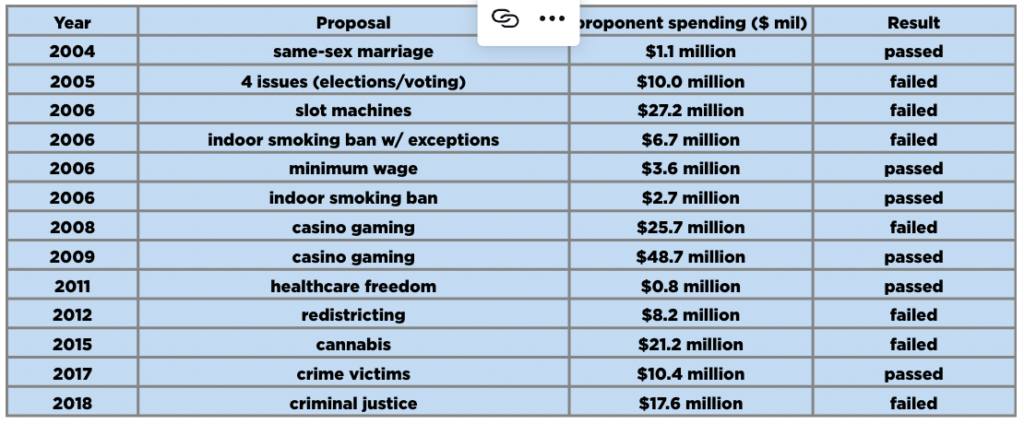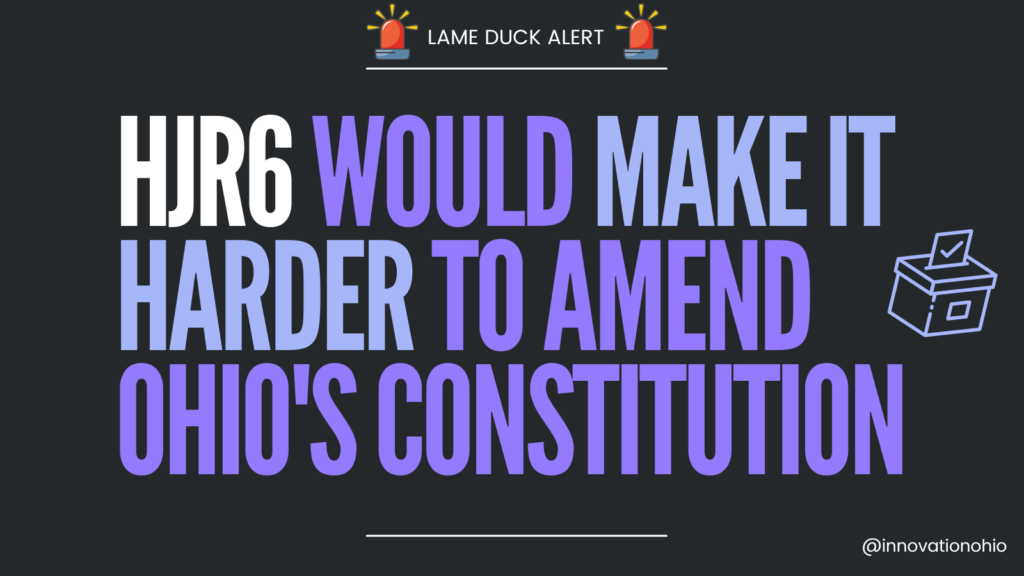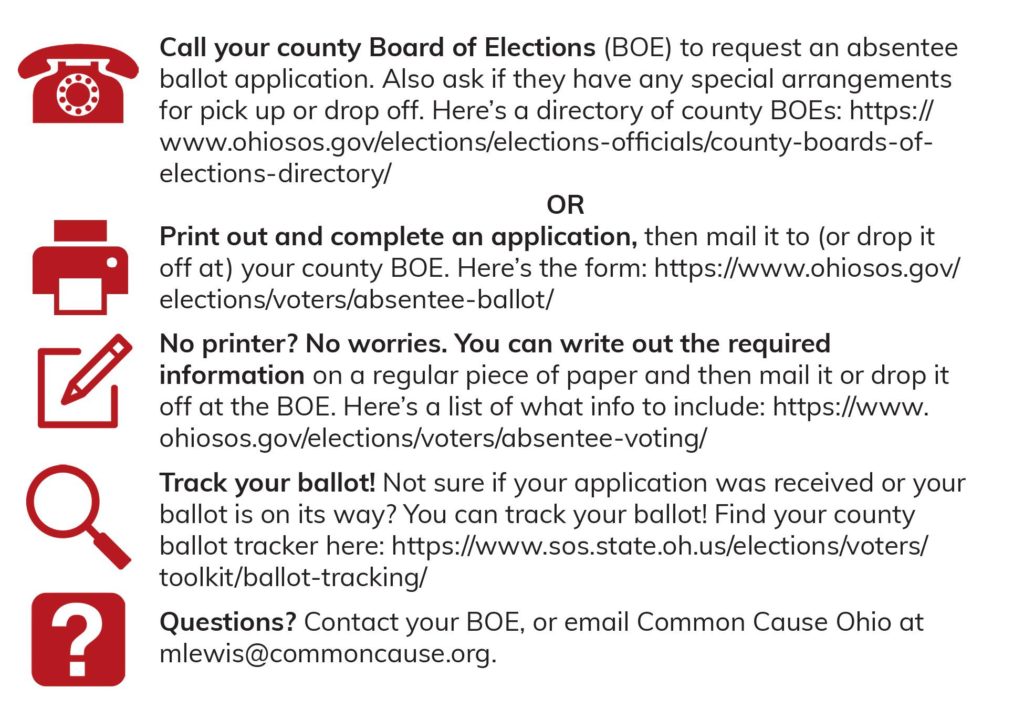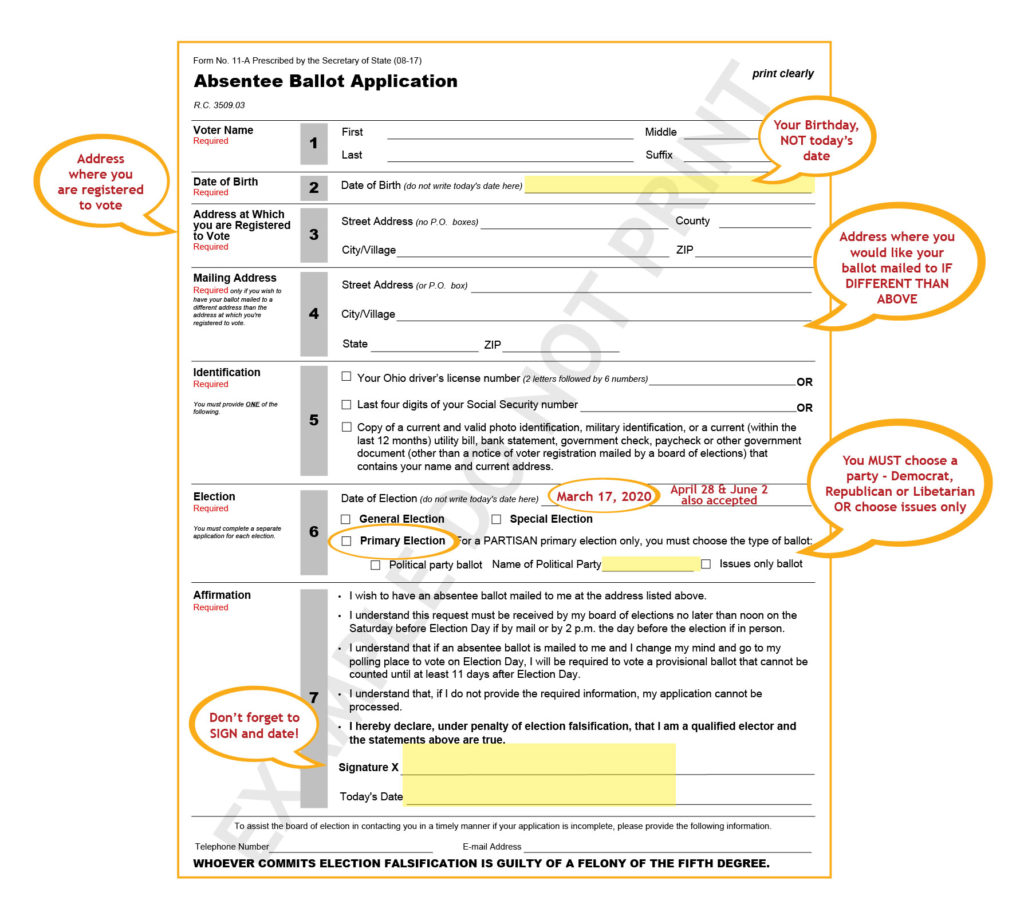Issue 1 will appear on the November 7, 2023 ballot. It will ask voters to add a “Right to Reproductive Freedom with Protections for Health and Safety” amendment to the Ohio Constitution.
A Yes Vote on Issue 1:
- Grants every individual the right to make and carry out one’s own reproductive decisions, including but not limited to decisions on contraception, fertility treatment, continuing one’s own pregnancy, miscarriage care, and abortion.
- Prevents patients, doctors, and from being penalized for exercising reproductive freedoms.
- Prohibits abortion after fetal viability except when the mother’s life is at risk.
A No Vote On Issue 1:
- Keeps decisions regarding contraception, fertility treatments, miscarriage care, and abortion with politicians.
- Allows politicians to restore Ohio’s six-week abortion ban and place additional restrictions on reproductive health care.
- Forces Ohio patients to have to travel to other states to access abortion care and miscarriage management.






